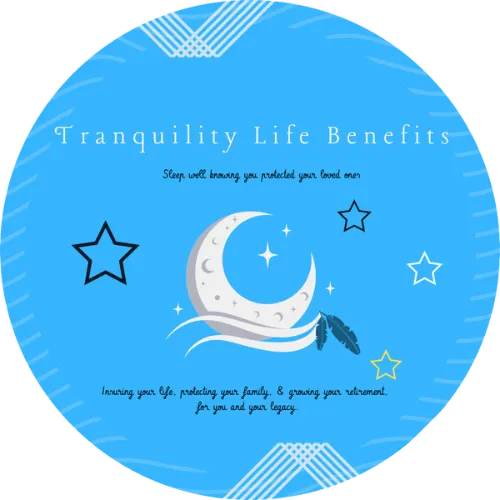Types of Life Insurance
Term Insurance
This affordable coverage offers a simple coverage plan that lasts for a specific length of time with payments locked in for the term, never increasing. This coverage is great for people who need larger amounts of coverage to help cover outstanding debt such as a mortgage, car loan, or other large amounts of debt. Term coverage also offers protection for families relying on an individuals source of income to help maintain the ability of the surviving family members to afford the expenses after an unexpected loss.
Term coverage, also called pure life insurance, is by nature the least expensive form of coverage for the benefit amount. Term insurance is designed to pay a death benefit if the insured dies within the term period. If the insured outlives the term, the coverage ends. Some term policies offer renewable riders that allow the insured to either renew the insurance after the term ends, at a rate determined by the insureds new age, without having to prove insurability. Additionally, you may find term policies with convertible riders, that allow the insured to convert their coverage to a whole life policy (usually around 1/10th of the term benefit amount, without proof of insurability.
Whole Life Insurance
Whole Life Coverage offers a permanent solution to life insurance. This policy type contains a cash value, also known as a nonforfeiture amount. The cash value is kept in a separate account with money from your monthly, quarterly, or annual premium. This money then grows interest in order to grow in value. The idea is that by either the age of 100, or age of 120, the value of the nonforfeiture account will equal the death benefit, at which point, the policy has matured, and the insured can cash out the full amount of the policy. Should the insured pass prior to policy maturity, the beneficiary will receive the full death benefit, regardless of how much money is in the cash value.
Having this cash value has its advantages, as it can be used to help qualify for certain personal loans, by placing it as a collateral against the loan. It also allows for policy loans, where you can borrow a portion of the cash value without the need for a credit check. It is important to note that any amount not paid back from the policy loan at the insured’s death, may be taken out of the death benefit paid to the beneficiary.
Universal Life Insurance
Universal Life Insurance is similar to whole life insurance, in that they are both perminant policies that offer the advantages of a cash value. The main difference between the two policy types is that a Universal Life policy offers far more flexibility when it comes to how much you pay. The ability to over-fund your policy helps to grow your cash value quicker, while taking advantage of compounded interest over time. With some Universal Life policies, you can also choose to index your money to an index fund, allowing the money to grow as the market increased, but not lose money when the market drops providing a safer method of growing your money.
Additionally, Universal Life Insurance allows policy owners the ability to miss their monthly payments should they fall on hard times, so long as they have properly funded their cash value. The policy will then pull money from the cash value to fund the premiums for coverage. This feature helps to insure that the policy does not lapse, however, can cause issues if not done correctly. Speaking with your broker about how to ensure that your policy does not lapse and you can take full advantage of the benefits of your Universal Life Policy.
What Coverage Type is Right For Me?
Both have their advantages and disadvantages. Each type of coverage is designed for specific circumstances and working with a licensed, reputable broker can help to get you placed in the right position. Our broker services are free, as we are paid by the carriers directly. We are here to help you find the best coverage at the best prices. Simply book an appointment using the calendar linked on this page.
